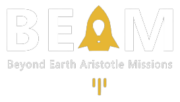Completed Projects
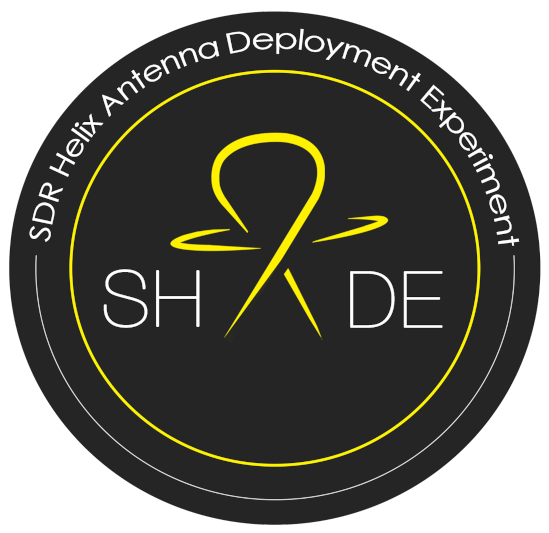
SHADE
SHADE [SDR Helix Antenna Deployment Experiment] was the first participation of a Greek student group in the REXUS/BEXUS Programme. The experiment was conducted in the stratospheric balloon BEXUS and was launched in October 2019 from the ESRANGE Space Center (Kiruna, Sweden).
SDR Helix Antenna Deployment Experiment (SHADE) is an SDR operated helix antenna with a spring-based deployment mechanism and a Ground-Station-Tracking automation system. A helix antenna, protected by a teflon cover, is operated by an SDR module that transmits data to the ground station. To compensate for the narrow beamwidth, an automation system has been developed in order to ensure that the antenna will always point at the ground station and maintain Telemetry Tracking and Command (TT&C) applications. Moreover, a deployment mechanism has been implemented that exploits the antenna’s spring characteristics ensuring a reduced size for the system.
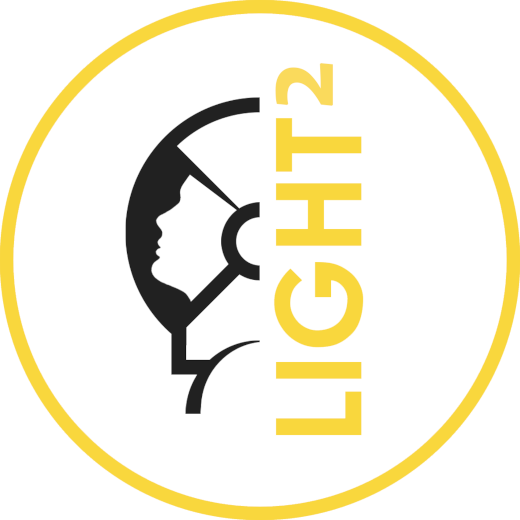
LIGHT
LIGHT [Lunar Navigation Helmet] represents BEAM’s participations in the INGLUNA Programme. The experiment participated in the Programme for two years in a row: IGLUNA 2020 and IGLUNA 2021.
LIGHT aimed to design a gadget, based on AR technology, for the navigation and aid of astronauts in lunar exploring missions. Using the Microsoft Hololens glasses, LIGHT is an AR assistant, which constantly projects on the glasses the necessary information for the astronaut, such as navigation, task information, lunar weather information and more, while, at the same time, monitors the astronauts health condition. For achieving the above, the construction of a weather station that transmitted data to the Hololens glasses was also necessary, so that the astronaut can avoid dangerous areas.
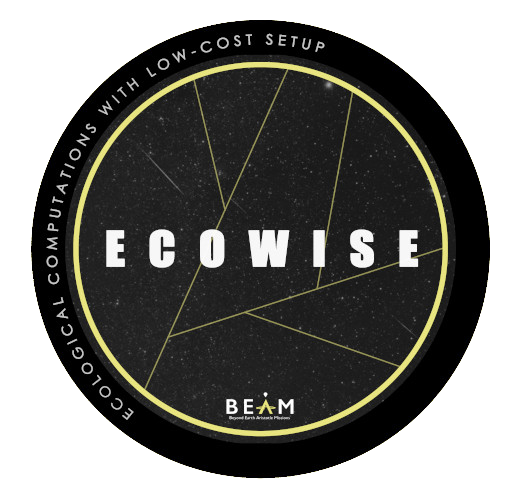
ECOWISE
ECOWISE [Ecological COmputations WIth low-coSt sEt-up] was BEAM’s second participation in the REXUS/BEXUS Programme. The experiment was conducted in the stratospheric balloon BEXUS and was launched in October 2021 from the ESRANGE Space Center (Kiruna, Sweden).
ECOWISE aimed to study the main mechanisms that contribute to the aggravation of climate change through the increase of greenhouse gases. For that, a vertical and horizontal distribution of the most important trace gases (CO2 & O3) was estimated throughout the entirety of the balloon’s flight. In order to maintain a low cost set up commercial ground based sensors were used, while a favourable environment for their proper function during the flight was secured.In the future, this set-up can be extended with alternative sensor options, for various measurements in balloon flights.
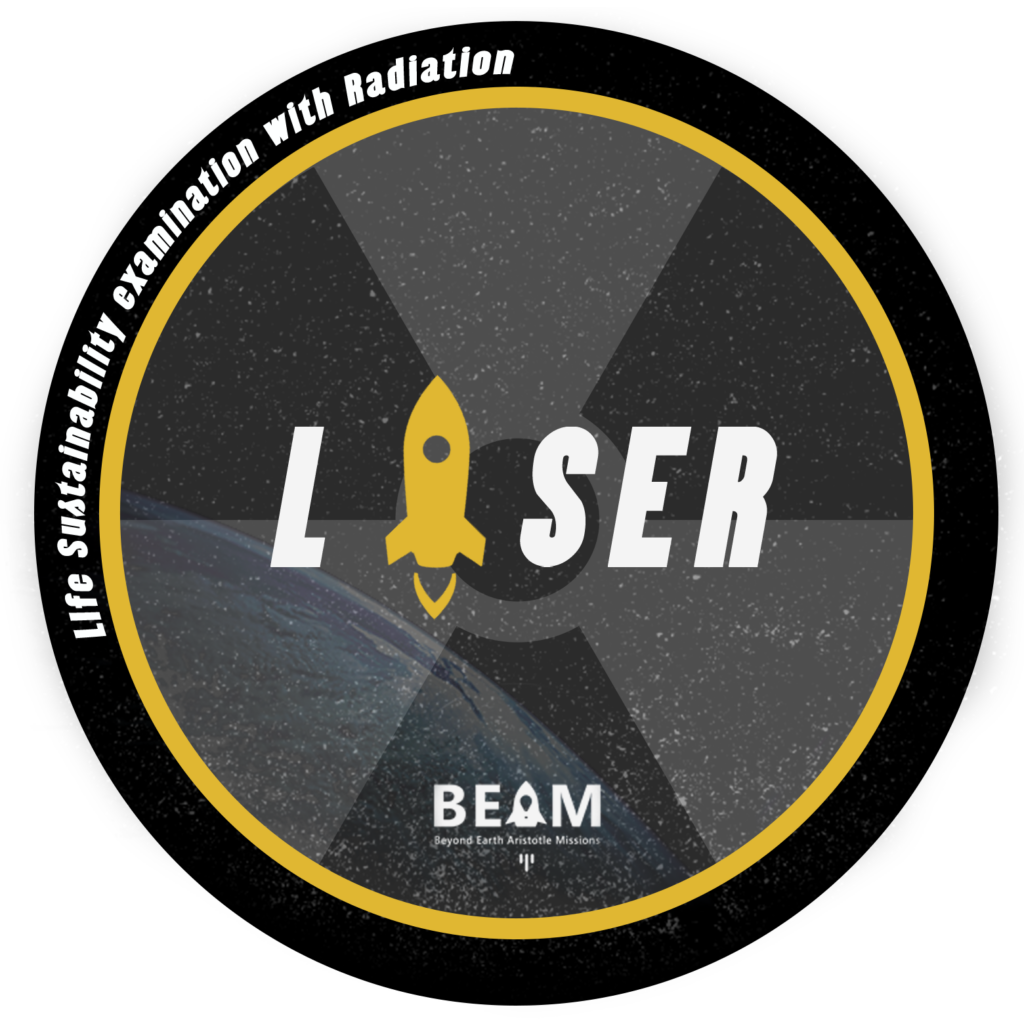
LISER
LISER [LIfe Sustainability Examination with Radiation] was BEAM’s participation in the national space programme, CanSat in Greece. As part of the competition, teams from all over Greece were invited to build a satellite the size of a soda can, which would carry out two missions.
The primary mission (mandatory) involved collecting data on atmospheric parameters, as well as CanSat’s position, velocity and orientation, via pressure, temperature and humidity sensors, a GPS and a gyroscope.
LISER’s secondary mission (topic selection by the team) was to detect ionising radiation through a scintillator, sourced from natural radioactive isotopes and cosmic radiation, and based on this radiation rate, the assessment of the viability of each region-planet.
